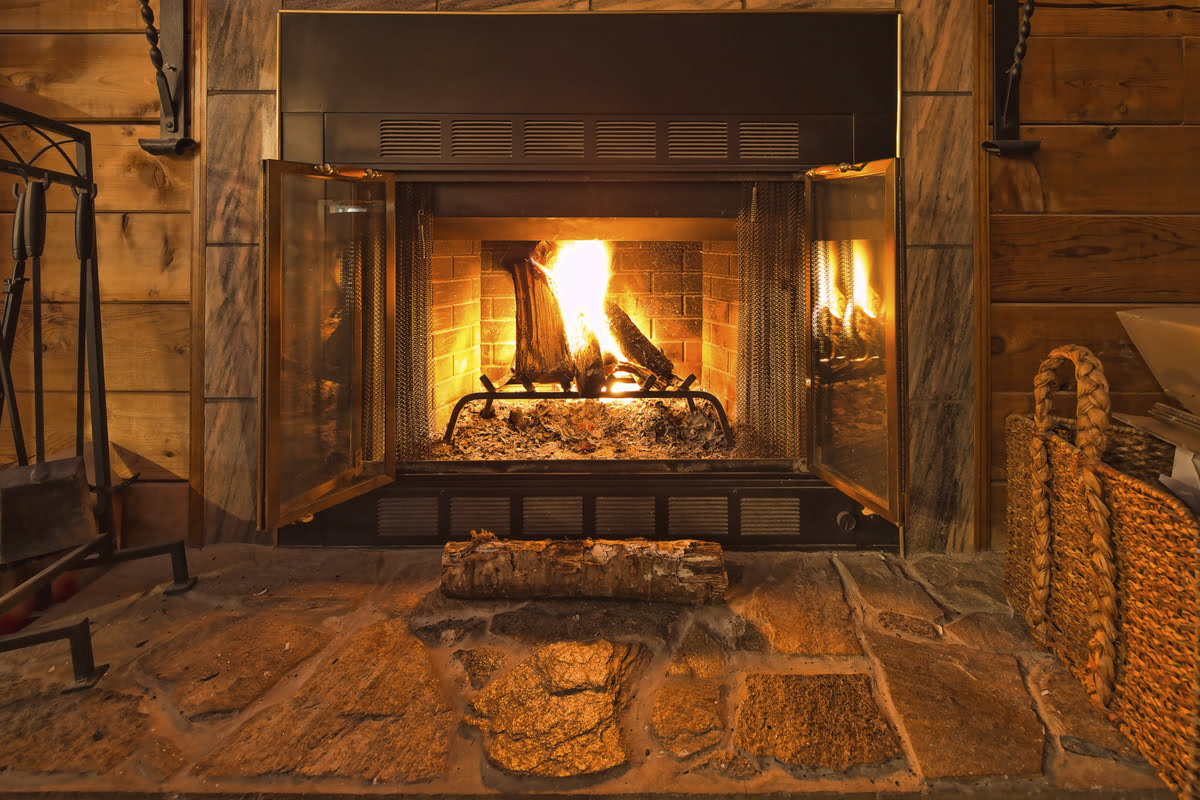

Articles
How To Open The Flue Of Your Fireplace
Modified: March 1, 2024
Learn how to open the flue of your fireplace with our informative articles. Ensure proper ventilation and maximize the efficiency of your fire.
(Many of the links in this article redirect to a specific reviewed product. Your purchase of these products through affiliate links helps to generate commission for Storables.com, at no extra cost. Learn more)
Introduction
Opening the flue of your fireplace is an essential step to ensure safe and efficient operation. The flue is responsible for allowing smoke to escape while drawing fresh air into the fire, creating a healthy environment for combustion. However, many homeowners may be unsure about how to properly open the flue. In this article, we will guide you through the process, providing step-by-step instructions and safety precautions to follow.
Before proceeding, it’s crucial to note that working with fireplaces and chimneys can be dangerous. If you are not comfortable or have any doubts about your ability to perform these tasks safely, it is always best to consult a professional chimney sweep or fireplace technician. Safety should be the top priority when dealing with open fires.
That being said, let’s dive into the necessary steps to open the flue of your fireplace.
Key Takeaways:
- Ensure fireplace safety by following proper flue opening and closing procedures, including clearing obstructions, testing the draft, and wearing protective gear.
- Regularly inspect and maintain your fireplace to ensure safe and efficient operation, including scheduling professional chimney cleanings and addressing any issues promptly.
Read more: What Is A Flue On A Fireplace
Safety Precautions
Before attempting to open the flue of your fireplace, it’s crucial to take the necessary safety precautions. Here are a few guidelines to follow:
- Ensure the fireplace is cool: Before starting any work, make sure the fireplace has completely cooled down. Touch the surrounding materials, such as the bricks or metal grate, to ensure they are at a safe temperature.
- Use protective gear: It’s advisable to wear protective gloves and safety goggles when working with fireplaces or chimneys. These will protect your hands from any sharp edges and your eyes from debris.
- Clear the area: Remove any flammable objects, such as rugs, curtains, or furniture, from the immediate vicinity of the fireplace. It’s essential to maintain a safe distance to prevent accidental fires.
- Have a fire extinguisher nearby: Keep a fire extinguisher nearby in case of emergencies. It’s better to be prepared for any unforeseen circumstances.
- Check for carbon monoxide detectors: Ensure that you have functional carbon monoxide detectors installed in your home. These detectors can help alert you to any dangerous levels of carbon monoxide, a colorless and odorless gas that can be produced from a faulty fireplace or chimney.
- Inspect for damages: Regularly inspect the fireplace and chimney for any signs of damage, such as cracks, loose bricks, or deteriorated masonry. If you notice any issues, it’s advisable to contact a professional for repairs before attempting to open the flue.
- Follow manufacturer instructions: If you have a specific type of fireplace or chimney, refer to the manufacturer’s instructions for opening and closing the flue. Different models may have varying mechanisms.
By following these safety precautions, you can significantly reduce the risk of accidents and ensure a safe environment when opening the flue of your fireplace.
Step 1: Gather the necessary tools and materials
Before you begin opening the flue of your fireplace, it’s essential to gather the necessary tools and materials. Having everything you need on hand will make the process smoother and more efficient. Here are the items you’ll need:
- Flashlight: A flashlight will come in handy when inspecting the interior of the fireplace and chimney to ensure they are clear of any obstructions.
- Gloves: Wear protective gloves to prevent any injuries or discomfort while handling the flue handle or lever.
- Necessary tools: The specific tools required may vary depending on the type of flue mechanism your fireplace has. Common tools include a wrench, pliers, or a screwdriver.
- Ladder (if needed): In some cases, you may need a ladder to access the flue handle or lever. Make sure you have a stable ladder that can safely support your weight.
- Protective goggles: It’s advisable to wear protective goggles to shield your eyes from any debris or dust that may be present in the fireplace or chimney.
- Dust mask: If you have respiratory sensitivities or are working in a particularly dusty environment, wearing a dust mask can provide added protection.
- Optional: Chimney cleaning brush: If you haven’t cleaned your chimney in a while, a chimney cleaning brush may be useful to remove any built-up soot or debris. However, this step is not necessary for simply opening the flue.
Once you have gathered all the necessary tools and materials, you are ready to move on to the next step: removing any obstructions from the fireplace or chimney.
Step 2: Remove any obstructions from the fireplace or chimney
Before attempting to open the flue, it’s important to ensure that there are no obstructions blocking the airflow in the fireplace or chimney. Clearing any debris or blockages will help the flue function properly. Follow these steps to remove any obstructions:
- Inspect the fireplace: Use a flashlight to thoroughly inspect the interior of the fireplace. Look for any visible debris, such as leaves, twigs, or animal nests.
- Remove ashes: If there are any ashes or burnt logs in the fireplace, carefully scoop them out using a fireplace shovel or tongs. Place the ashes in a metal container and dispose of them safely.
- Check the chimney: Examine the chimney from the inside using the flashlight. Look for any obstructions, like bird nests or fallen debris. If you notice any blockages, it’s best to contact a professional chimney sweep for thorough cleaning.
- Inspect the chimney cap: The chimney cap is designed to prevent animals, debris, and rainwater from entering the chimney. Make sure the chimney cap is intact and not obstructed. If it appears damaged, consider replacing it.
- Clear the chimney damper: The chimney damper is a plate or flap that controls the airflow. Check if it is free from any obstructions or debris. If necessary, use a brush or cloth to remove any dirt or soot.
- Check for creosote buildup: Creosote is a highly flammable substance that can accumulate in the chimney. If you notice a thick layer of creosote, it’s important to have the chimney professionally cleaned to reduce the risk of a chimney fire.
By removing any obstructions from the fireplace or chimney, you can ensure a clear pathway for the smoke to escape when you open the flue. This step is crucial for maintaining proper ventilation and improving the overall safety and efficiency of your fireplace.
Step 3: Locate the flue handle or lever
In order to open the flue of your fireplace, you need to locate the flue handle or lever. The location of the flue mechanism can vary depending on the design of your fireplace. Follow these steps to find the flue handle or lever:
- Inspect the fireplace: Look inside the fireplace for any visible handles or levers. They are typically located near the opening of the fireplace, either on the wall or on the floor of the firebox.
- Check the wall: If you don’t find the flue handle or lever inside the fireplace, it might be located on the wall near the fireplace. Check for a small metal or cast iron lever or a round knob.
- Search for a chain or cord: Some fireplaces have a chain or cord attached to the flue mechanism that can be pulled to open or close the flue. Look for a chain or cord hanging down from the chimney inside the fireplace.
- Refer to the owner’s manual: If you’re still unable to locate the flue handle or lever, consult the owner’s manual for your fireplace. The manual should provide specific instructions on how to operate the flue mechanism.
- Observe adjacent areas: In some cases, the flue handle or lever may be located in a nearby utility room, basement, or crawl space. Check these areas if you haven’t found the flue mechanism inside the fireplace.
- Consult a professional: If you’ve exhausted all possibilities and are still unable to locate the flue handle or lever, it’s best to seek assistance from a professional chimney sweep or fireplace technician. They can help identify the flue mechanism and guide you further.
Once you have successfully located the flue handle or lever, you are ready to proceed to the next step: opening the flue of your fireplace.
Before starting a fire in your fireplace, always make sure to open the flue to allow proper ventilation and prevent smoke from entering your home. This will also help the fire burn more efficiently.
Read more: How To Seal Your Fireplace Opening
Step 4: Open the flue by pulling or turning the handle/lever
Now that you have located the flue handle or lever, it’s time to open the flue of your fireplace. The method of opening the flue may vary depending on the type of mechanism your fireplace has. Here are the general steps to follow:
- Pull the handle or lever: If your flue mechanism is a handle or lever, grasp it firmly and pull it towards you or away from you. This action should open the flue, allowing the smoke to escape through the chimney.
- Turn the handle or lever: Some flue mechanisms require you to turn the handle or lever instead of pulling it. Rotate the handle or lever in the appropriate direction as indicated in your owner’s manual. This will open the flue and activate the draft.
- Ensure a smooth operation: When opening the flue, pay attention to any resistance or unusual sounds. The mechanism should operate smoothly without any obstruction or difficulty. If you encounter any issues, such as a stuck handle or a noisy lever, it’s advisable to consult a professional for inspection and repairs.
- Verify the flue position: After pulling or turning the handle/lever, visually confirm that the flue is in the fully open position. This can typically be seen as a clear opening at the top of the fireplace or chimney.
- Keep the handle or lever in the open position: Once the flue is fully open, make sure to secure the handle or lever in the open position. This ensures that the flue remains open during the operation of the fireplace.
It’s important to note that the method of opening the flue may differ depending on your specific fireplace model. If you are unsure about how to operate the flue mechanism, always refer to the manufacturer’s instructions or consult a professional for guidance.
With the flue now open, you are ready to move on to the next step: verifying that the flue is fully open.
Step 5: Verify that the flue is fully open
After opening the flue of your fireplace, it’s important to verify that it is fully open before proceeding. Ensuring that the flue is fully open allows for proper airflow and ventilation. Here are the steps to verify the flue position:
- Visually inspect the flue: Look up into the fireplace or chimney to visually confirm that the flue is fully open. You should see a clear, unobstructed opening at the top of the chimney.
- Use a mirror or flashlight: If you have difficulty seeing the flue visually, you can use a handheld mirror or a flashlight to reflect light or get a better angle. This can help you determine if the flue is fully open or partially closed.
- Check for any resistance: While inspecting the flue, pay attention to any resistance or irregular airflow. If you feel a strong draft, it indicates that the flue is open. However, if there is minimal or no airflow, the flue might be partially closed or obstructed.
- Listen for any unusual sounds: Listen for any unusual sounds, such as whistling or rattling, which might indicate improper flue positioning or an obstruction. A properly open flue should allow the air to flow freely without any added noise.
- Consult a professional if unsure: If you are unsure about the position of the flue or have any concerns, it’s always best to consult a professional chimney sweep or fireplace technician. They can verify the flue’s position and address any issues that may be affecting its operation.
Verifying that the flue is fully open is a critical step to ensure the safe and efficient operation of your fireplace. It allows for proper ventilation, prevents issues with smoke and gases, and promotes optimal fire burning.
Once you have confirmed that the flue is fully open, you can proceed to the next step: testing the draft to ensure proper airflow.
Step 6: Test the draft by lighting a small piece of paper
Testing the draft of your fireplace is an important step in ensuring that proper airflow is established. A strong draft helps with the combustion process, allowing the fire to burn efficiently. Here’s how you can test the draft by lighting a small piece of paper:
- Prepare a small piece of paper: Tear off a small piece of paper, approximately the size of a post-it note or smaller. Ensure that it is clean and dry.
- Hold the paper near the flue opening: Light the piece of paper with a match or lighter, and carefully hold it near the opening of the flue. Be cautious of any flames or hot ashes.
- Observe the direction of the smoke: Pay attention to the direction the smoke is moving. In a properly functioning fireplace with an open flue, the smoke should be drawn up into the chimney and dissipate quickly.
- Note any issues: If the smoke is being blown back into the room or is lingering around the fireplace, it may be a sign of inadequate draft or obstructions within the flue. This could be caused by a partially closed flue or a blockage such as creosote buildup or debris.
- Address any concerns: If you notice any issues with the draft, it’s advisable to consult a professional chimney sweep. They can inspect and clean the flue to ensure proper airflow and address any underlying problems that may be affecting the draft.
Testing the draft using a small piece of paper provides a simple and effective way to assess the airflow in your fireplace. It helps determine if the flue is open and functioning correctly, ensuring a safe and efficient burning process.
If the draft test reveals any issues, it’s best to address them promptly to avoid potential smoke backflow and reduce the risk of carbon monoxide buildup. A professional chimney sweep can provide the necessary expertise to rectify any draft problems and ensure the continued safety and performance of your fireplace.
Once you have tested the draft, you can move on to the final step: closing the flue when the fireplace is not in use.
Step 7: Close the flue when not in use
After enjoying your fireplace, it’s important to close the flue when it is no longer in use. Closing the flue helps prevent drafts, conserve heat, and keep out unwanted pests or debris. Here’s how you can safely close the flue:
- Allow the fire to completely extinguish: Before closing the flue, make sure the fire in the fireplace has completely burned out. Ensure that there are no remaining embers or hot ashes.
- Locate the flue handle or lever: Just as you did when opening the flue, locate the flue handle or lever. Depending on your fireplace, it may be a handle, a lever, or a chain.
- Revert the flue to the closed position: Gently push or turn the flue handle/lever into the closed position. This will block the opening of the flue, preventing air exchange between the interior of the house and the chimney.
- Verify closure by visual inspection: Double-check that the flue is fully closed by visually inspecting the opening at the top of the fireplace or chimney. Ensure that it is covered completely without any gaps.
- Secure the flue handle or lever: Once the flue is closed, ensure that the handle or lever is secured in the closed position. This will prevent any accidental opening of the flue.
- Keep the flue closed when not using the fireplace: It is important to keep the flue closed when the fireplace is not in use to prevent drafts, energy loss, and potential entry points for pests or debris. Regularly check the flue to ensure it remains closed.
By closing the flue when your fireplace is not in use, you can conserve energy, prevent unwanted air drafts, and maintain the integrity of your chimney system.
It’s important to note that if you have a gas fireplace or a fireplace insert, the flue mechanism and closure process may differ. Always refer to the manufacturer’s instructions or consult with a professional for specific guidelines regarding closing the flue for your particular fireplace type.
With the flue successfully closed, you have completed the process of opening and closing the flue of your fireplace. By following these steps, you can ensure a safe and enjoyable fireplace experience while maintaining energy efficiency and proper airflow.
Thank you for reading this guide. Stay warm and enjoy your fireplace!
Conclusion
Opening and closing the flue of your fireplace is an important aspect of maintaining a safe and efficient fire-burning experience. By following the steps outlined in this guide, you can ensure proper ventilation, enhance the draft, and promote optimal combustion.
Throughout the process, it’s crucial to prioritize safety. Take the necessary precautions, such as wearing protective gear, clearing the area around the fireplace, and verifying that the fireplace is cool before starting any work. If you are unsure or uncomfortable with any step, it is always best to consult a professional chimney sweep or fireplace technician.
By gathering the necessary tools and materials and removing any obstructions from the fireplace or chimney, you set the stage for a successful flue opening. Locating and operating the flue handle or lever, verifying the flue’s position, and testing the draft ensure proper airflow and ventilation.
Lastly, closing the flue when not in use helps conserve energy, prevent drafts, and protect against pests and debris. By maintaining the proper operation of your flue, you can enjoy your fireplace safely and efficiently.
Remember to regularly inspect and maintain your fireplace, including scheduling professional chimney cleanings and addressing any issues promptly. By doing so, you can ensure the longevity and performance of your fireplace for years to come.
We hope this comprehensive guide has provided you with the necessary information and steps to open and close the flue of your fireplace. Stay warm, stay safe, and enjoy the cozy ambiance of your well-operating fireplace!
Frequently Asked Questions about How To Open The Flue Of Your Fireplace
Was this page helpful?
At Storables.com, we guarantee accurate and reliable information. Our content, validated by Expert Board Contributors, is crafted following stringent Editorial Policies. We're committed to providing you with well-researched, expert-backed insights for all your informational needs.
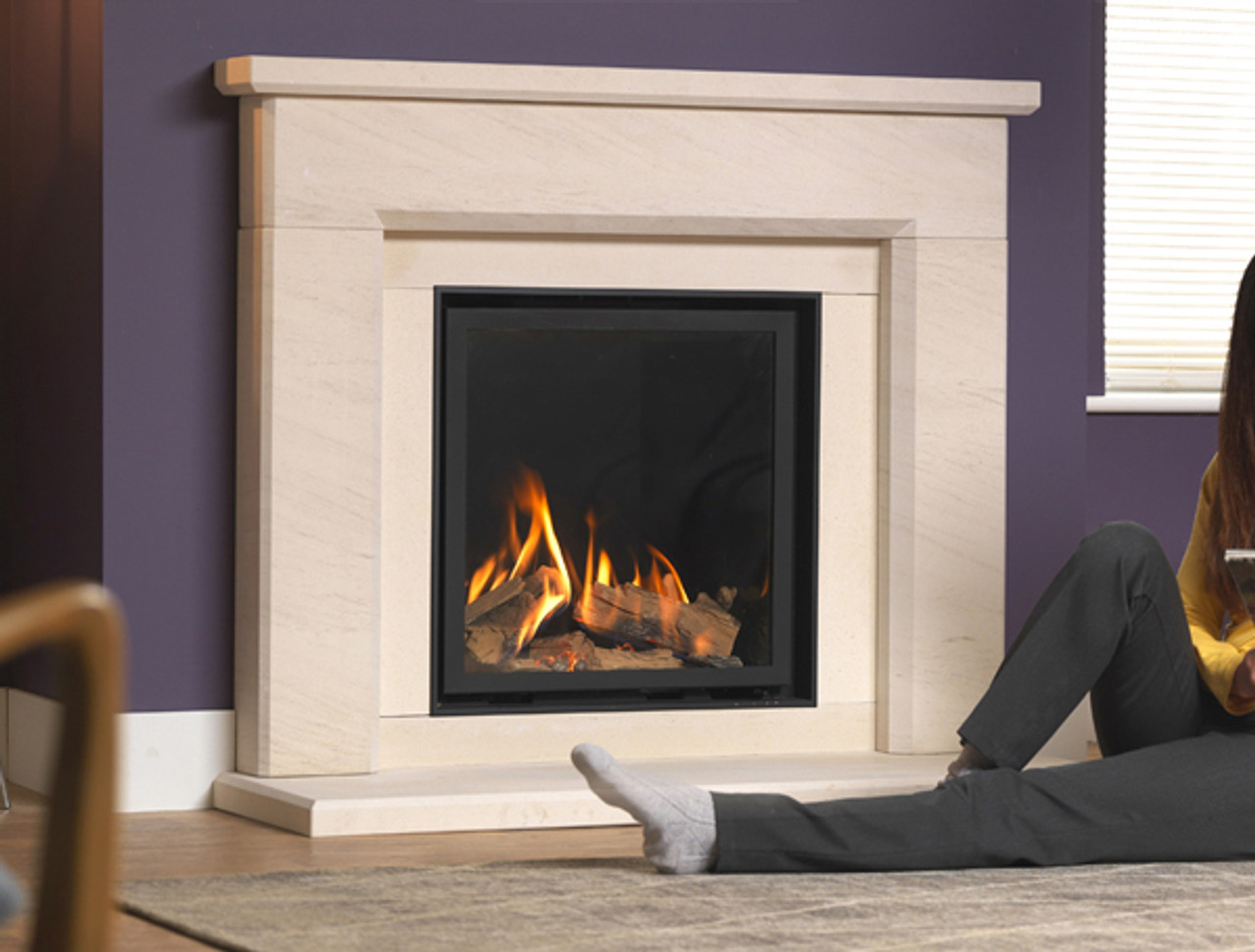
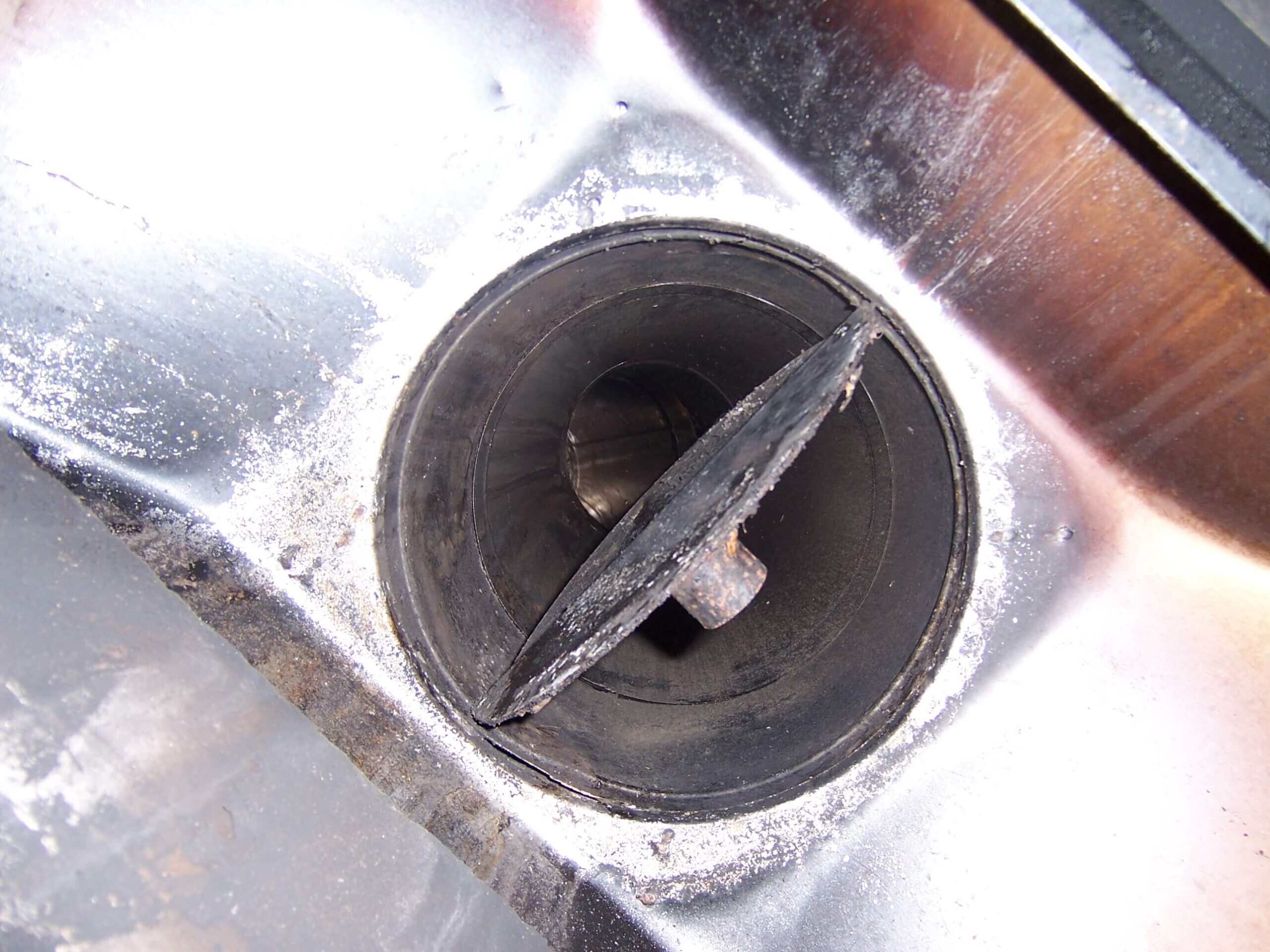
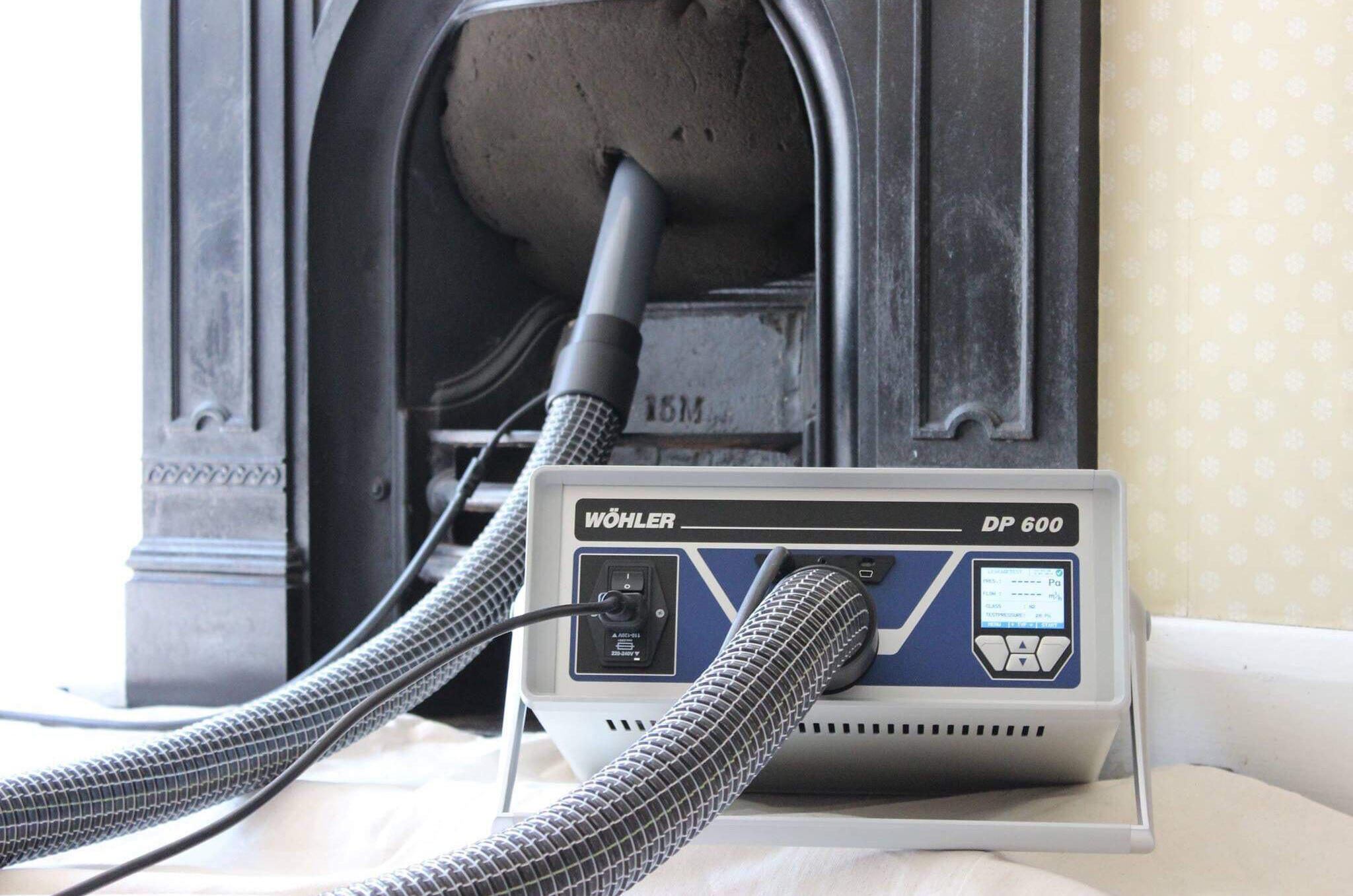
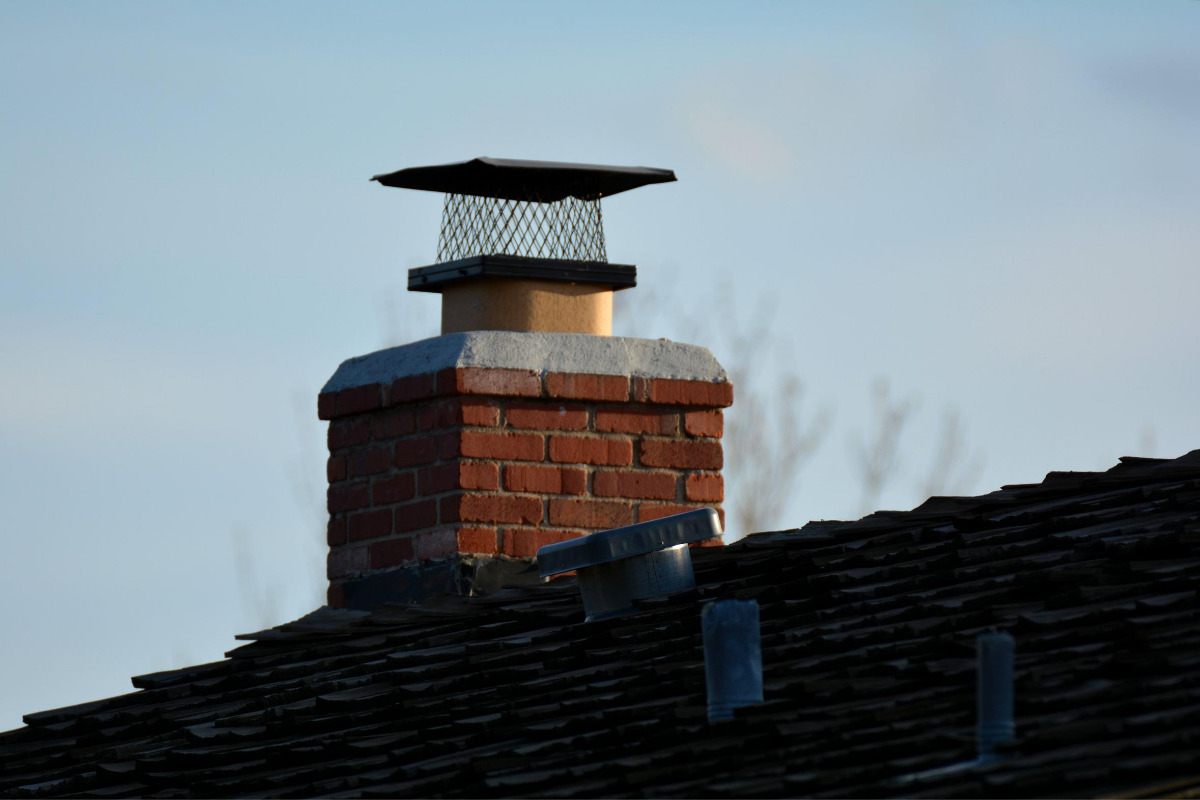

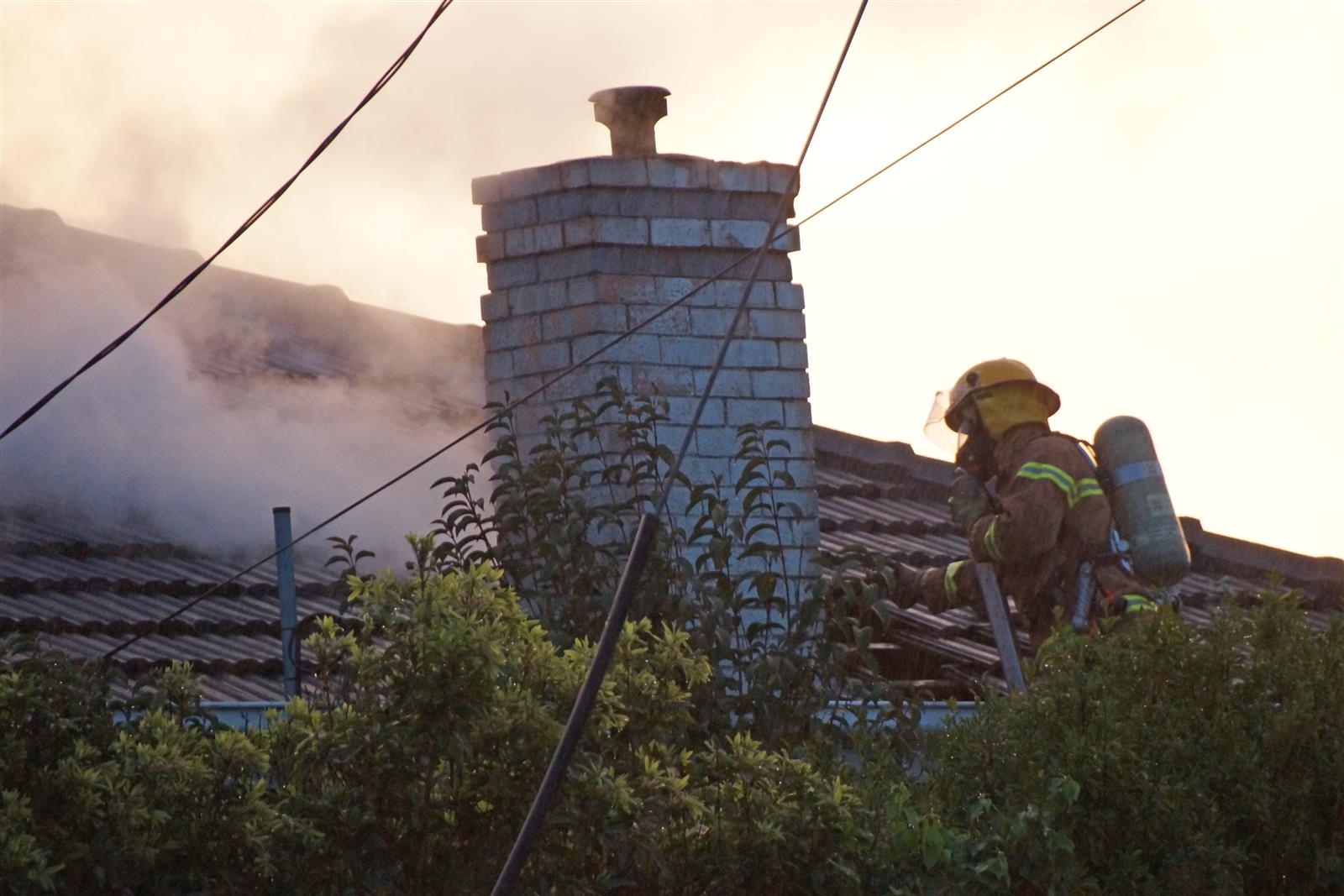
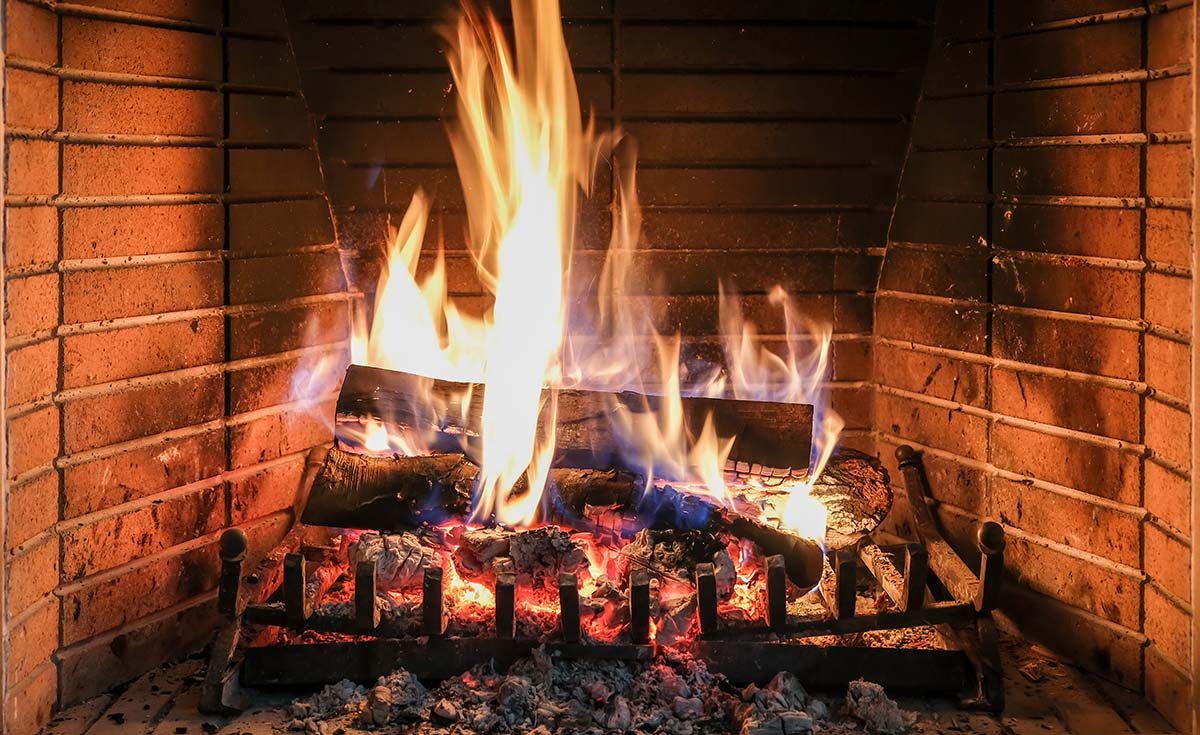
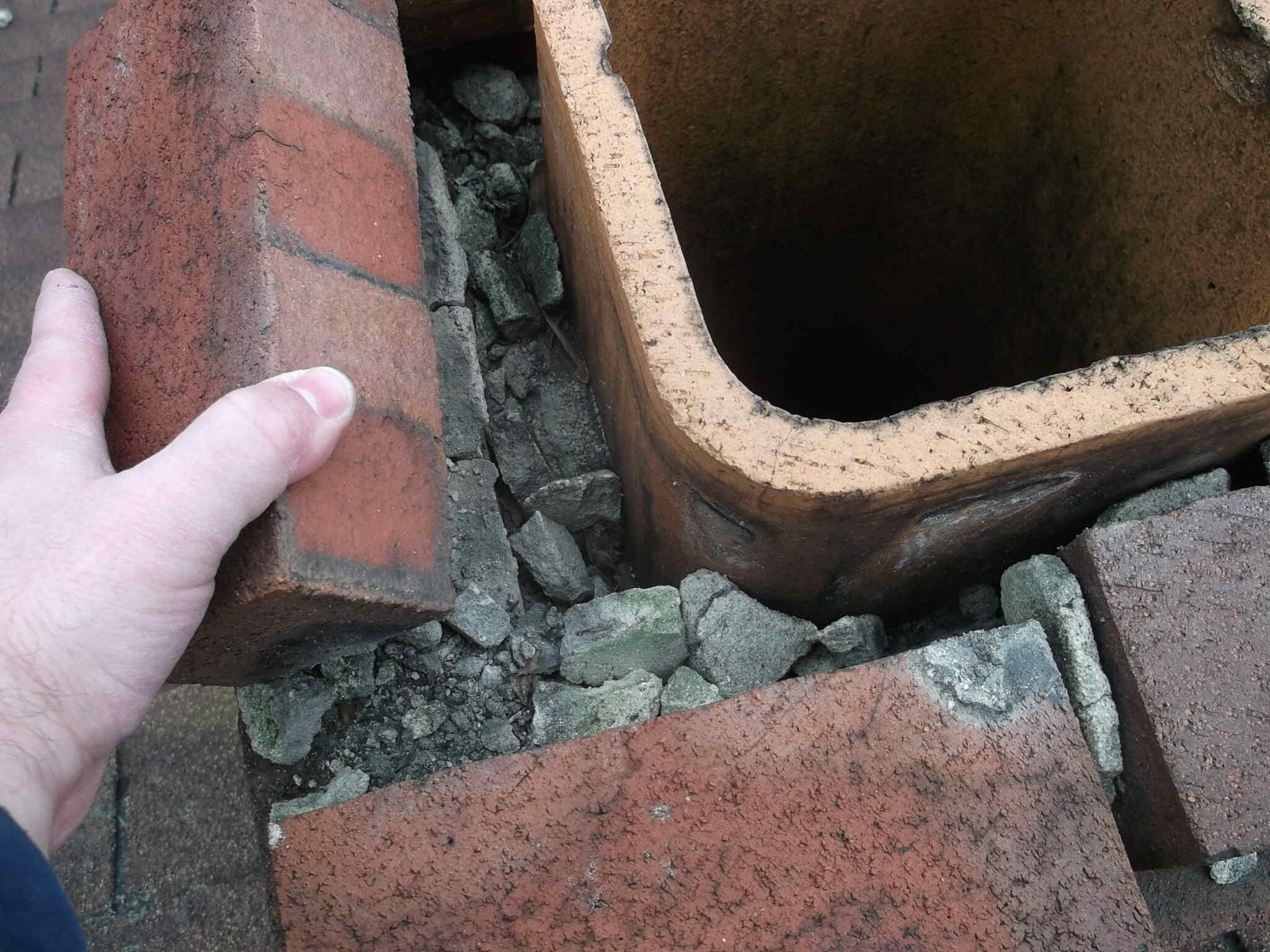
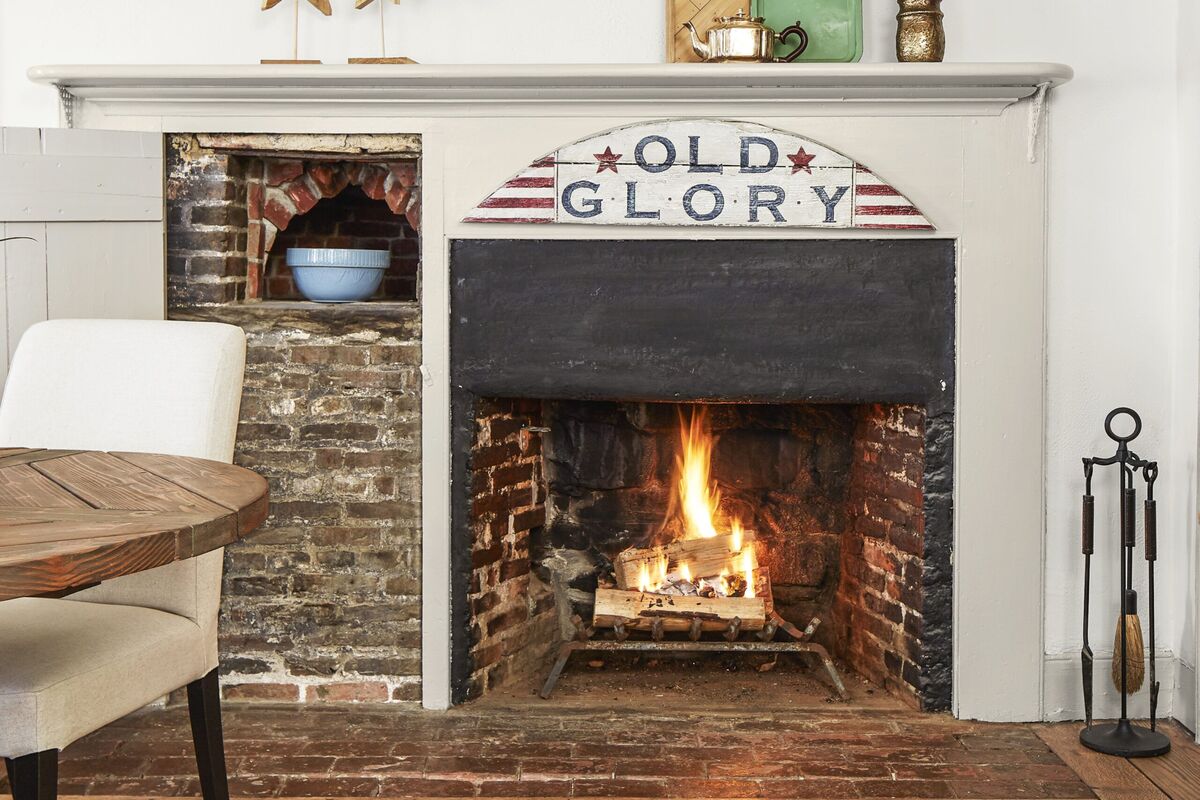
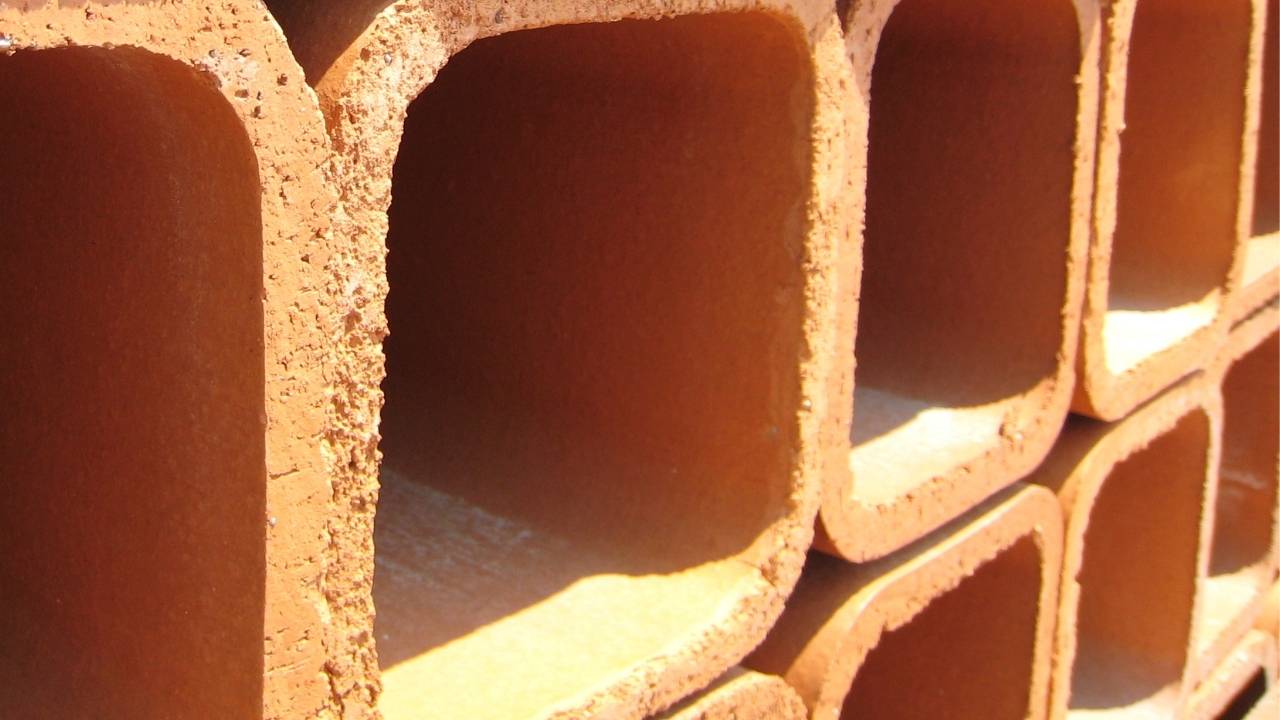

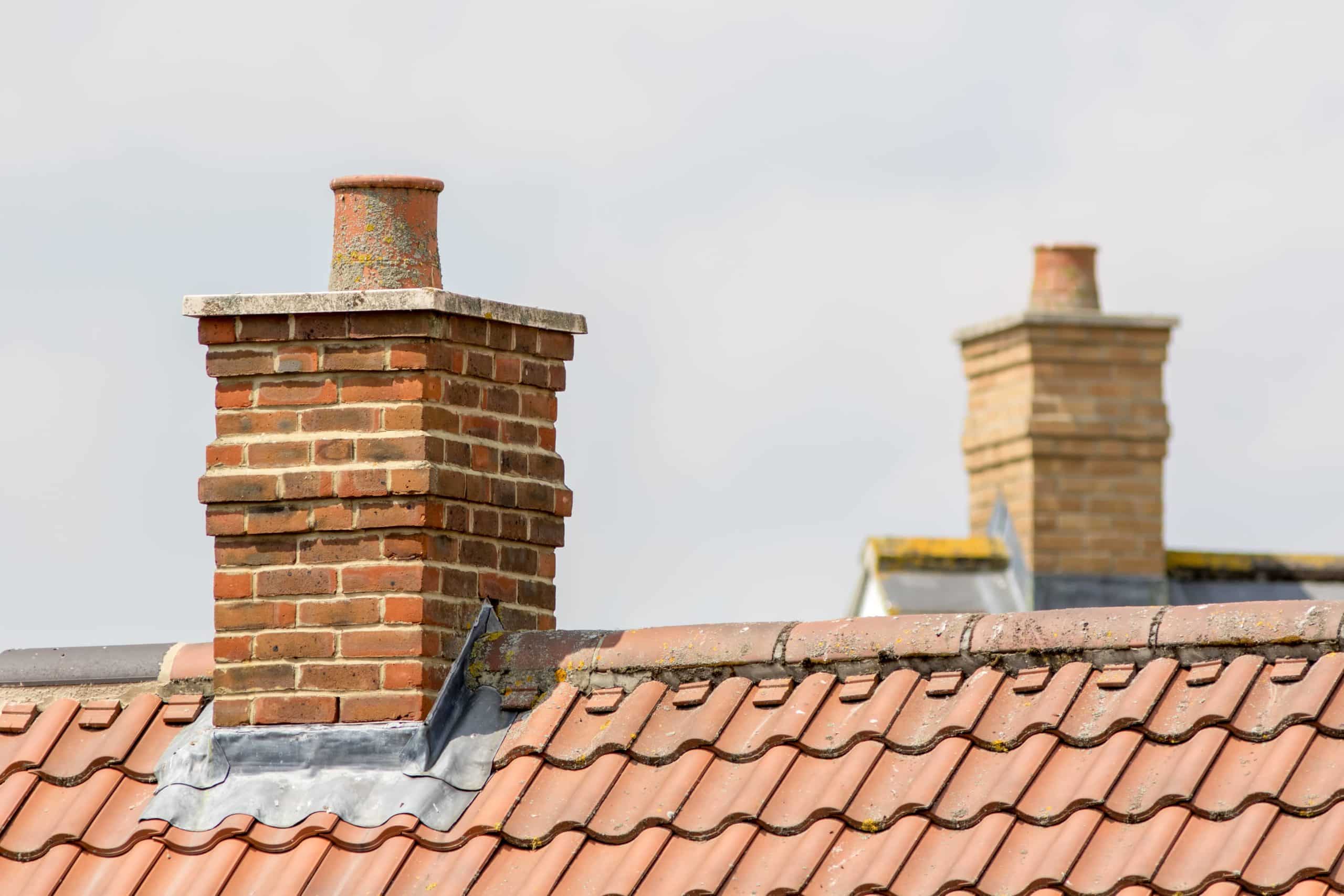
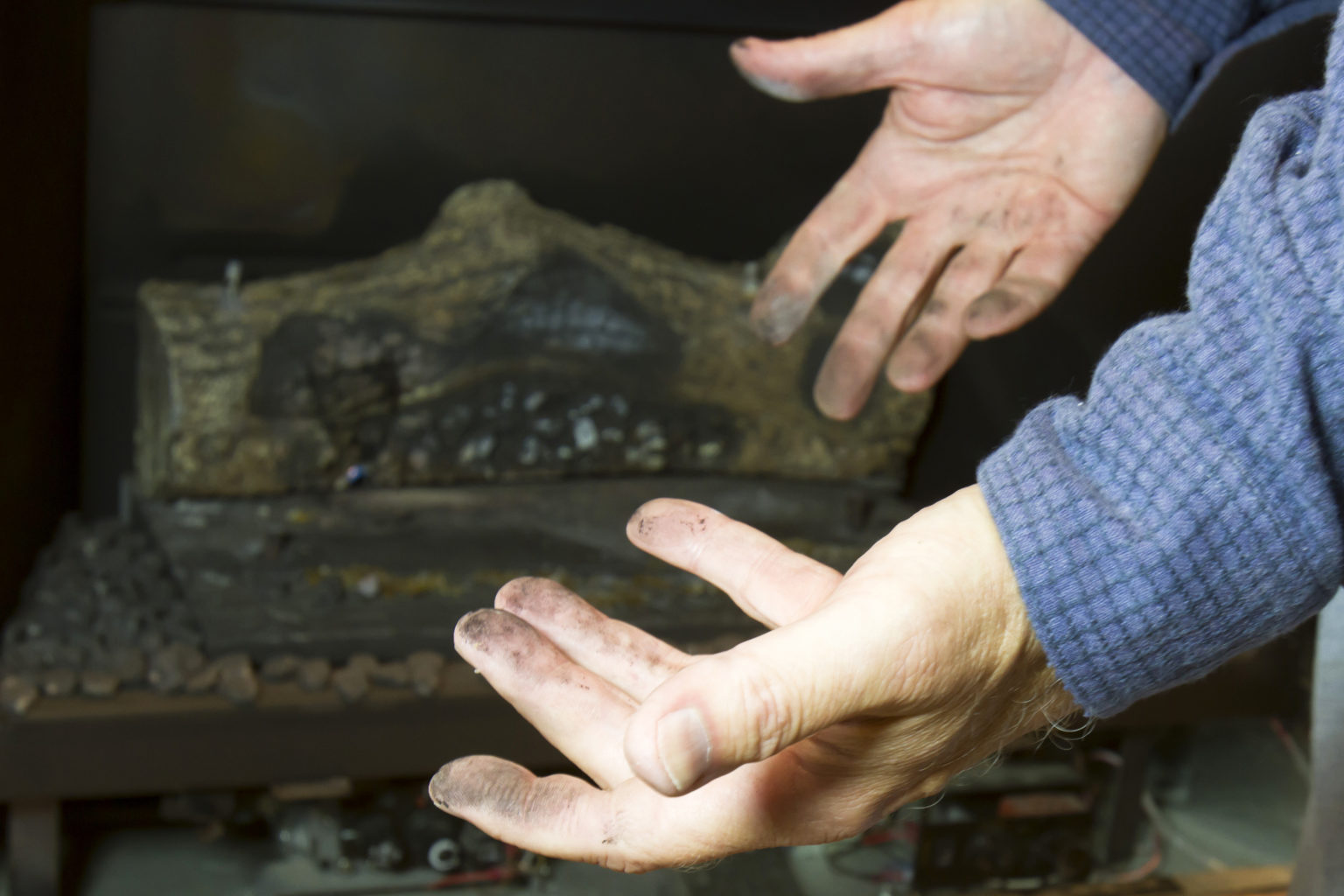

0 thoughts on “How To Open The Flue Of Your Fireplace”